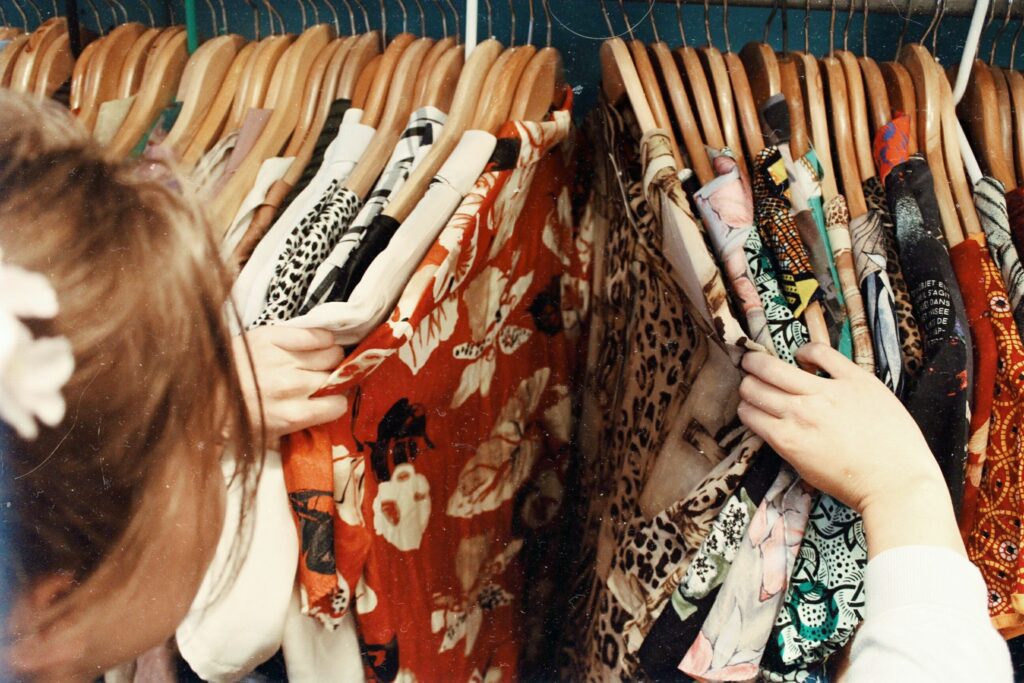By Rochelle Raveendran
The 2021 UN Climate Change Conference (COP26) highlighted the fashion industry’s contributions to the climate crisis by reviving over 251 brands’ commitment to climate action.
The fashion industry accounts for eight to 10 per cent of global greenhouse gas emissions, with around 70 million barrels of oil used annually to make polyester fibers in clothing.
COP26 saw the renewal and revision of the Fashion Industry Charter for Climate Action, launched in 2018 at COP24. This year, additions to the included a commitment to halve greenhouse emissions by 2030, when the previous target was a 30 percent reduction.
The new agreement also emphasizes that brands need to work with their suppliers to cut down emissions released in the clothing supply chain. The Charter includes a commitment to phase out coal from sites owned by the company or suppliers by 2030.
The charter’s signatories include Chanel and Burberry, with 261 fashion companies signed on in total.

A significant contributor to the fashion’s industry’s climate change contributions is the fast fashion business model, adopted by major brands including Zara, H&M and SHEIN.
Fast fashion retailers mass produce collections to the point of releasing new clothes every two weeks to keep up with changing fashion trends, according to a paper in One Earth journal.
The cheap cost of the clothing, often manufactured in poor working conditions, leads to mass waste in landfills, as the clothes often have a short lifespan.
One alternative to fast fashion that has been increasing in popularity amongst Gen Z is thrifting. NPR reported in June that the rise of thrifting has transformed it into a $28 billion industry.
The trends filter [through] so quickly
Faith Ruetas, a third-year English and computer science student at McGill University, does not thrift often herself, instead opting to reuse clothes she purchases “for the next 10 years.”
Her 12 year-old sister often buys clothes from cheap fast fashion websites, like SHEIN, to keep up with the latest TikTok fashion trends.
“She has the idea that to be cool or fit in, she has to have all these different clothes,” Ruetas said. “But the trends filter [through] so quickly, so she always has to buy new things.”
Despite the appeal of fast fashion’s low-cost, Ruetas said she thinks purchasing clothes from more expensive “slow fashion” brands is actually more affordable in the long run.
“You won’t be spending as much as repeatedly buying more clothes to replace the ones that are either not in style anymore or they’re not good quality, so they rip or they tear,” she said.
Made with Visme Infographic Maker



